Looking at the current variety of educational robotics, you are glad that a huge number of designers, finished products are available to children and that the bar of “entry” to the basics of programming has dropped quite low (right up to kindergarten). There is a massive tendency to become familiar with modular block programming, with the transition then to more advanced languages. But this situation was not always.
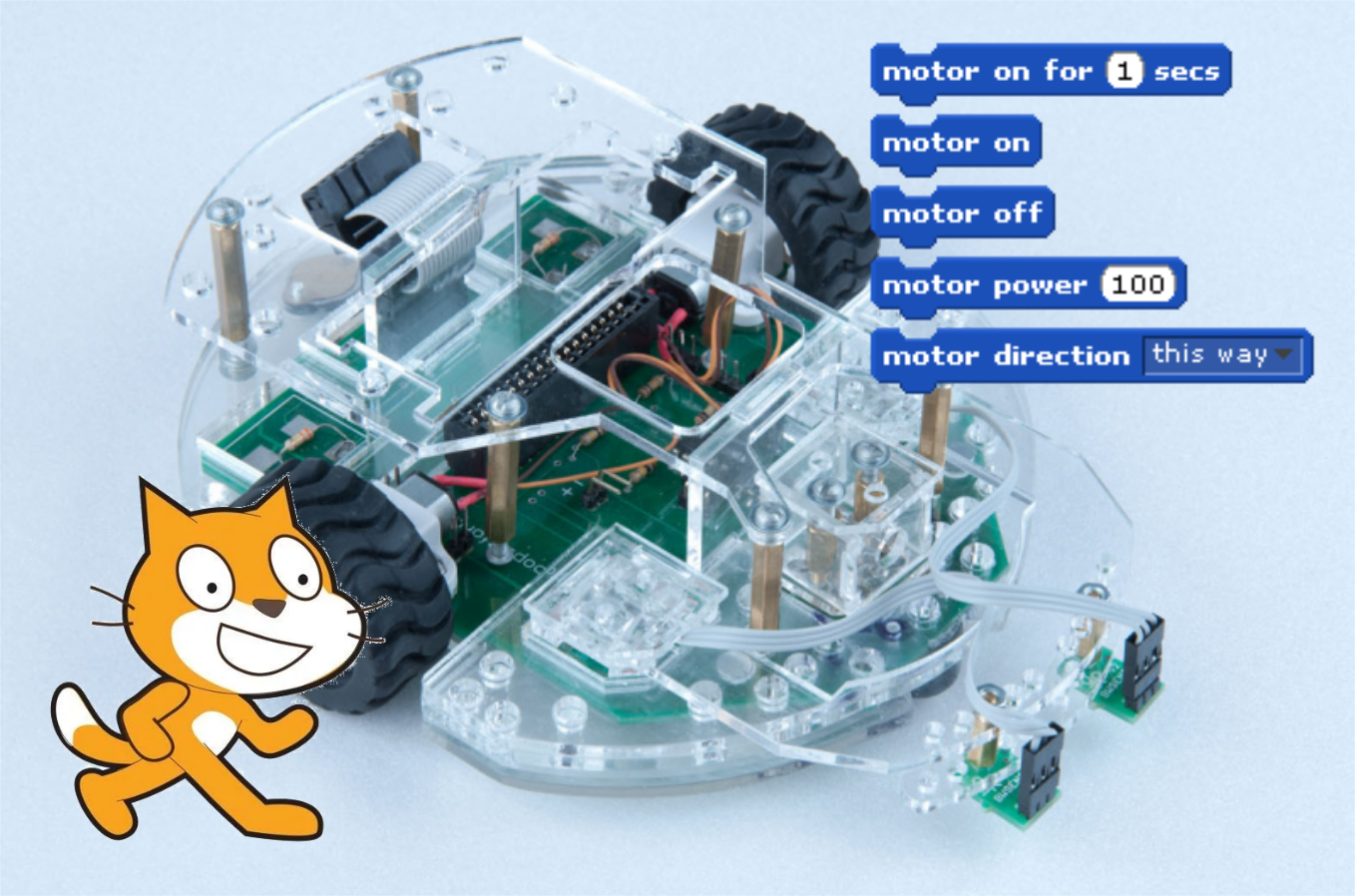
2009-2010 year. Russia began to get acquainted with Arduino and Scratch en masse. Accessible electronics and programming are beginning to win the minds of both enthusiasts and teachers, and the idea of combining all this is already in full swing (and partially implemented) in the global information space.
In fact, Scratch in version 1.4 that was released at that time already had support for external equipment. It contained support for Lego WeDo (Motor blocks) and
PicoBoard .
But I wanted Arduino and robots based on it, and preferably working on the basic version. At the same time, one of the Japanese arduino drivers came up with how to combine the platforms and laid out the schematic diagram (although not all of them had to be “thought out”) and the firmware for universal access (but alas, not even in English). Based on this project, ScratchDuino was born in 2010 (I then worked at LinuxCenter with my wife).
The concept of a “replaceable cartridge” (not reminiscent of Micro: bit?), Magnetic mounts for robot components and the use of Scratch's built-in capabilities in terms of sensor processing and motor control.
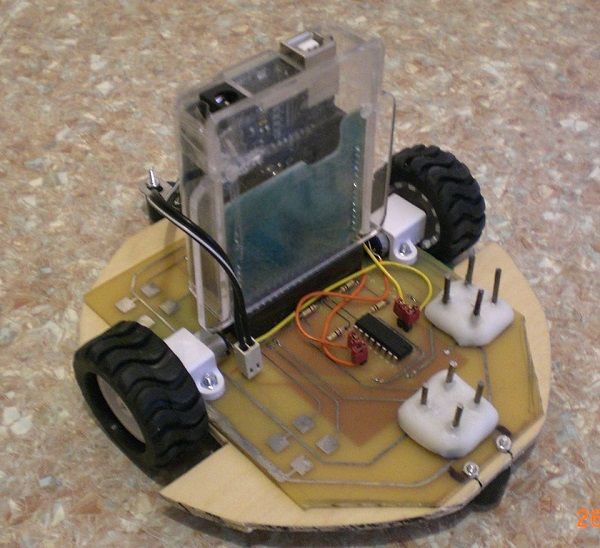
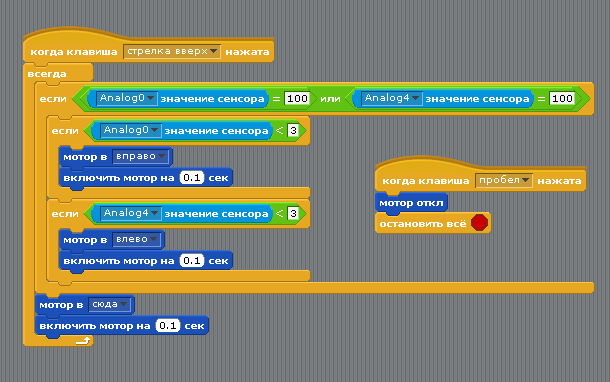
The robot was originally conceived as Lego-compatible:
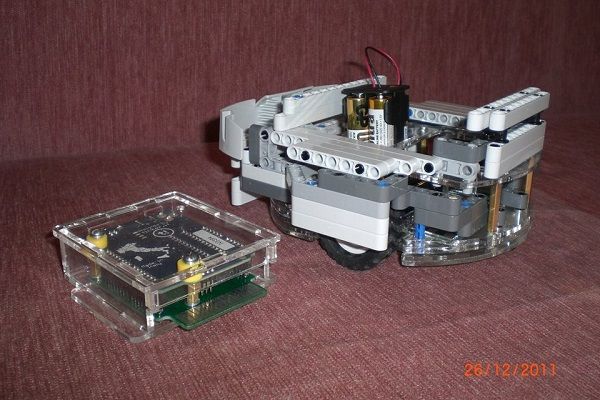
In 2011, the platform saw the light of day and (already after leaving my project with my wife in 2013) lives and develops at the moment under the name ROBBO.
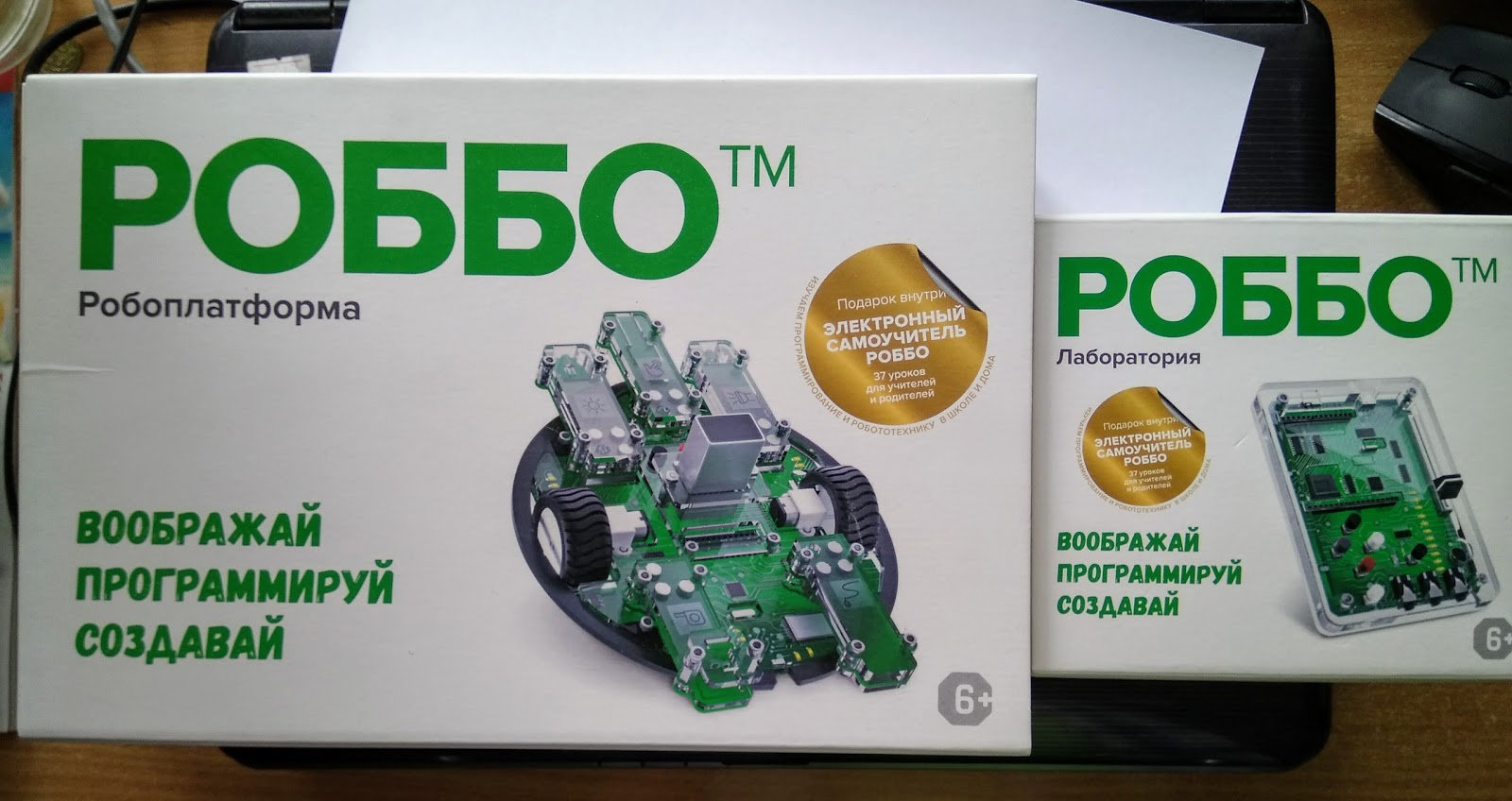
Someone may object that there were similar projects. Yes, around the same time, the S4A project began to develop, but they were aimed at programming in the Arduino style (with its digital and analog outputs) from the modified Scratch, while my development could work with the “vanilla” version (although we also had it modified to display blocks specifically for sensors from 1 to 4).
Then came Scratch 2.0, and with it plug-ins began to appear for both Arduino and popular robots, and Scratch 3.0 out of the box supports a large number of robot platforms.
Blockly If you look at popular robots, such as MBot (which, incidentally, at the beginning also used a modified Scratch), they are programmed in block language, but this is not Scratch, but a modified Blockly from Google. I don’t know if mine influenced its development, but I can definitely say that when we showed the Scratchduino platform to Blockly developers in London in 2013, robots there still didn’t smell.
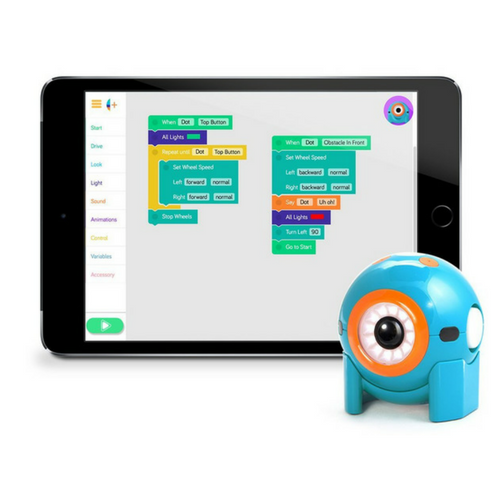
Now Blockly modifications are the basis of many robotic designers and training robots, and this is another story, since in recent years a huge number of projects have appeared (and also have sunk into oblivion) both in Russia and in the world. But in the Russian Federation it was in Scratch implementation and the “confrontation” of Lego that we were the first :)
What happened after 2013. In 2014, my wife and I founded our project SIMPLY (aka SIMPLEROBOT) and went into the development of board games. But Scratch doesn't let us go.
We have interesting developments on modeling robots in Scratch and its descendant Snap!
A PDF file with a description can be downloaded and used freely
by reference , and finished projects
can be found here . Everything works in 3 versions of Scratch.
We also returned to programming robots on Scratch in our new board training game “Golem Battle. Card League of Parobot ”and we will be glad if
you support its publication on Crowdrepublic .
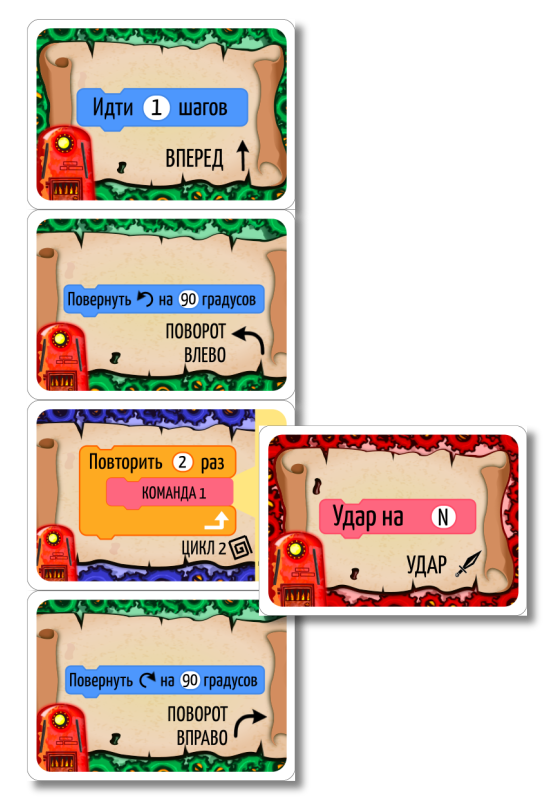
When you stand at the origins of something and “feel” trends before their mass appearance and it is joyful that you were the first and created essentially a market and it is sad that you did not get the winner’s laurels. But I can proudly say that the alloy of Scratch and Arduino in the robotics of the Russian Federation appeared thanks to my efforts.